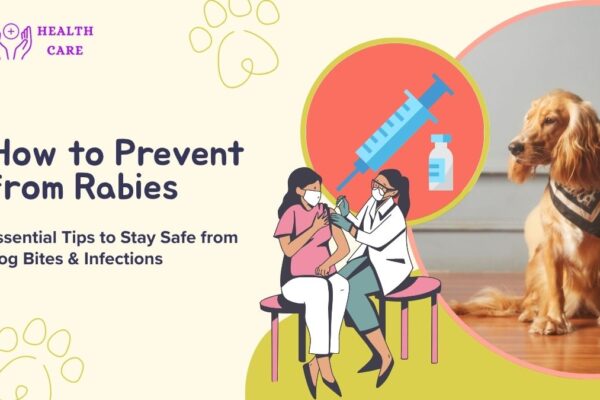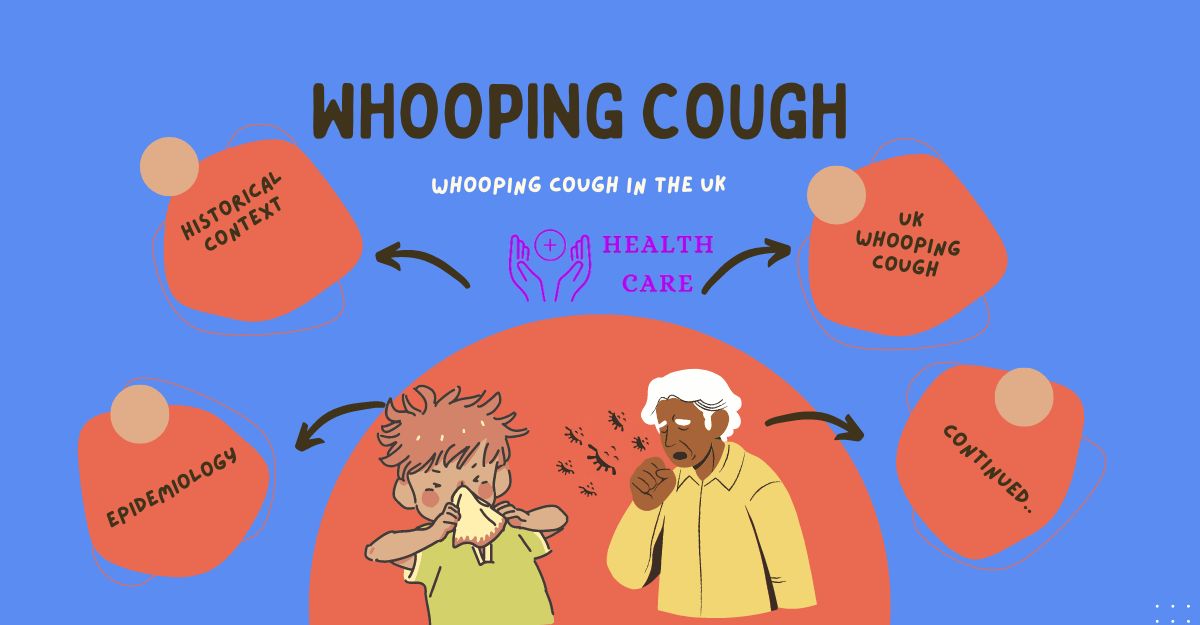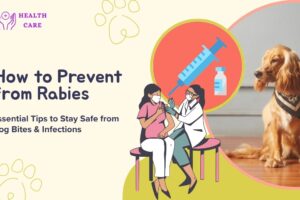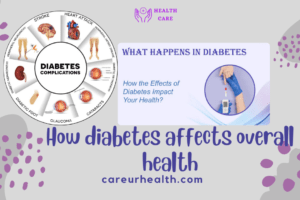Introduction:
Whooping cough, or pertussis, remains a formidable challenge in the United Kingdom’s public health landscape. Stemming from the bacterium Bordetella pertussis, this highly contagious respiratory illness has persisted despite significant strides in vaccination. This article delves into the intricate tapestry of whooping cough in the UK, exploring its historical roots, epidemiological trends, clinical manifestations, vaccination strategies, management protocols, and future trajectories. As we embark on this journey, we unravel the complexities surrounding whooping cough, aiming to shed light on its enduring impact and the ongoing quest for effective control and prevention measures in the UK.

Historical context:
Historically whooping cough, or pertussis, has left an indelible mark on the United Kingdom’s (UK) public health landscape. The disease’s roots trace back centuries, with documented outbreaks dating as far back as the 16th century. Early accounts describe the characteristic coughing fits and the unmistakable “whoop” sound that gave the illness its name. Throughout the centuries, whooping cough epidemics recurred periodically, causing significant morbidity and mortality, particularly among infants and young children.
Uk whooping cough
In the UK, the first recorded epidemic of whooping cough occurred in the 16th century, setting the stage for centuries of struggle against this relentless respiratory pathogen. Despite advances in medicine and public health, outbreaks continued to occur, highlighting the challenges of controlling the disease in a pre-vaccine era.
The 20th century witnessed a turning point in the fight against whooping cough. Breakthroughs in microbiology led to the identification of Bordetella pertussis as the causative agent of the illness, paving the way for the development of vaccines. In the UK, the introduction of pertussis vaccines in the mid-20th century marked a significant milestone in disease prevention efforts. Mass vaccination campaigns aimed to protect children from the ravages of whooping cough, leading to a decline In incidence and mortality.
However, challenges persisted, including vaccine safety concerns and periodic resurgences of the disease. Despite high vaccination coverage, whooping cough remained endemic, with cyclical outbreaks occurring every 3-5 years. This cyclical nature of the disease underscored the need for continued vigilance and research into more effective control measures.
Overall, the historical context of whooping cough in the UK reflects a long-standing battle against a formidable foe. While strides have been made in disease prevention and control, the journey continues, with ongoing efforts focused on improving vaccination strategies, enhancing surveillance, and addressing emerging challenges in the quest to eradicate whooping cough once and for all.
Epidemiology
The epidemiology of whooping cough, also known as pertussis, in the United Kingdom, paints a complex picture of a disease that continues to challenge public health efforts despite vaccination programs. Pertussis remains endemic in the UK, with cyclical outbreaks occurring every 3-5 years, despite high vaccine coverage rates.
Infants and young children are particularly vulnerable to pertussis and its complications. Before vaccination, pertussis was a leading cause of childhood mortality, highlighting the severity of the disease in this age group. While vaccination has significantly reduced the incidence of pertussis among infants, they remain at risk, especially before completing the primary vaccination series.
Continued..
Adolescents and adults also contribute to pertussis transmission, serving as reservoirs for the bacterium Bordetella pertussis. Waning immunity over time, either due to natural infection or vaccination, can leave individuals susceptible to pertussis later in life. Furthermore, adolescents and adults with undiagnosed pertussis may unknowingly spread the infection to vulnerable populations, including infants who have not yet completed their primary vaccination series.
Despite vaccination efforts, pertussis outbreaks continue to occur, often associated with gaps in vaccine coverage or waning immunity. Factors contributing to these outbreaks include vaccine hesitancy, access barriers, and vaccine effectiveness issues. Additionally, the emergence of new strains of B. pertussis has raised concerns about vaccine efficacy and strain-specific immunity.
Surveillance plays a crucial role in monitoring pertussis epidemiology and guiding public health interventions. National surveillance systems track pertussis cases, hospitalizations, and deaths, providing valuable data for policymakers and public health officials. Enhanced surveillance efforts have improved our understanding of pertussis epidemiology, including age-specific incidence rates, seasonal patterns, and geographic distribution of cases.
Boosting vaccine acceptance is crucial for managing pertussis outbreaks.
Increasing vaccine acceptance is crucial to managing pertussis outbreaks. Pertussis cases are on the rise in the UK, with 553 cases reported in England in January 2024, compared to 858 cases in all of 2023. The most significant pertussis outbreak in recent memory was in 2012, with the highest number of cases in two decades. It’s uncertain how the current uptick in pertussis activity will unfold in the months ahead.
Pertussis is highly transmissible, with up to 90% of household contacts becoming infected. However, the most severe consequences typically occur in young infants who are too young to be fully vaccinated, making them the most vulnerable. Approximately 4% of confirmed cases in January were in infants under 3 months old, although the majority of those affected were over 15 years old.
What is whooping cough and how can I prevent my children from catching it?
Whooping cough, also known as pertussis, is a highly contagious respiratory infection caused by the bacterium Bordetella pertussis. It is characterized by severe coughing fits, often accompanied by a “whooping” sound when gasping for air.

Symptoms
The symptoms of whooping cough typically progress through several stages. In the initial stage, which can last for one to two weeks, symptoms resemble those of a common cold, including a runny nose, sneezing, mild cough, and low-grade fever. As the infection progresses, severe coughing spells develop, often with a distinctive “whooping” sound as the individual struggles to breathe. These coughing fits can be so intense that they lead to vomiting, exhaustion, and in rare cases, broken ribs or loss of consciousness.
Transmission
Whooping cough is highly contagious and spreads through respiratory droplets when an infected person coughs or sneezes. Infants and young children are particularly susceptible to the infection, as they have not yet received the full series of vaccinations against pertussis.
Prevention
1. Vaccination:
The most effective way to prevent whooping cough is through vaccination. The DTaP vaccine, which protects against diphtheria, tetanus, and pertussis, is routinely administered to children in a series of doses starting at two months of age. Booster doses are recommended during childhood and adolescence, as well as for adults, especially pregnant women (with each pregnancy) and healthcare workers who may come into contact with infants.
2. Herd Immunity:
Maintaining high vaccination rates within the community helps to establish herd immunity, reducing the overall likelihood of exposure to the bacteria and protecting vulnerable individuals who cannot be vaccinated, such as infants too young to receive the vaccine.
3. Isolation:
Individuals diagnosed with whooping cough should be isolated from others, especially infants and young children until they are no longer contagious. This typically involves staying home from school or work and avoiding close contact with others.
4. Hygiene Practices:
Practicing good hygiene habits, such as frequent handwashing with soap and water, covering coughs and sneezes with a tissue or elbow, and avoiding sharing utensils or drinks, can help reduce the spread of whooping cough and other respiratory infections.
5. Boosters for Adults:
Adults should receive booster doses of the pertussis vaccine to help maintain immunity and prevent transmission to vulnerable populations, such as infants and young children. The Tdap vaccine, which includes tetanus, diphtheria, and pertussis components, is recommended for adults who have not previously received it.
Whooping cough: Warning over rise in cases in UK
Officials caution about a concerning surge in whooping cough, with 553 cases reported in England in January alone and elevated numbers in Wales.
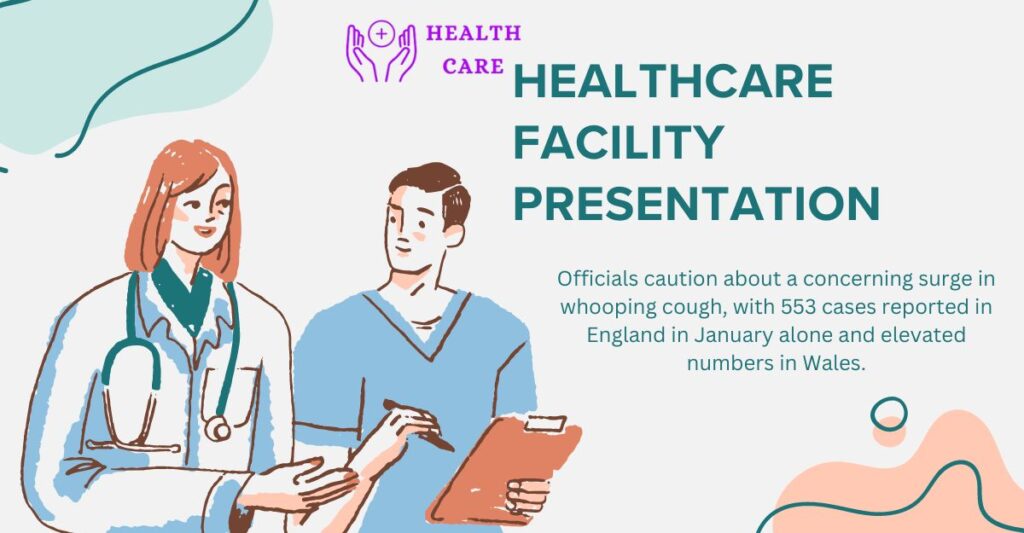
They express concern that this year might witness a significant increase in bacterial infection. In 2016, the last peak year, there were 5,949 cases in England.
Also known as pertussis or the “100-day cough,” this infection can pose serious risks, especially for babies and infants.
The UK Health Security Agency alerts to a gradual decline in the uptake of the vaccine among pregnant women and children.
Regarding the “100-day cough,” in September 2023, the completion rate for routine six-in-one vaccinations, which includes protection against pertussis, among two-year-olds was 92.9%, down from 96.3% in March 2014.
Additionally, uptake of the maternal pertussis vaccine, offered to women in every pregnancy, has decreased, dropping from over 70% in September 2017 to about 58% in September 2023.
The initial indications of pertussis resemble those of a common cold, featuring a congested nose and a scratchy throat.
However, after approximately one week, the ailment can progress to spasms of coughing that endure for several minutes, typically intensifying during nighttime hours.
Infants may also emit a characteristic “whoop” or experience respiratory distress following a coughing fit.
The bacterium propagates through coughs and sneezes, prompting healthcare professionals to recommend that household members of diagnosed individuals remain at home until three weeks after symptom onset or 48 hours post-initiation of antibiotic treatment.
Steve Russell, the national director for vaccinations and screening at NHS England, emphasized the importance of seeking protection against pertussis amid its resurgence.
Russell advised pregnant individuals who have not yet received vaccination, as well as parents whose children are not current with pertussis and other routine vaccinations, to promptly contact their general practitioner.
Additionally, he urged individuals experiencing symptoms to request an urgent GP appointment or seek assistance from NHS 111.
Conclusion
In conclusion, the prevalence of whooping cough in the UK remains a significant concern. Despite vaccination efforts, outbreaks continue to occur, emphasizing the need for sustained public health measures. Enhanced surveillance, timely diagnosis, and vaccination campaigns targeting vulnerable populations are crucial for controlling the spread of the disease. Additionally, raising awareness about the importance of vaccination and ensuring access to healthcare services are essential steps in combating whooping cough in the UK. Collaboration between healthcare professionals, policymakers, and the public is paramount in mitigating the impact of this infectious disease on the population’s health and well-being.
Frequently Asked Questions ( FAQs)
1. What is whooping cough, and why is it a concern in the UK?
Whooping cough, or pertussis, is a highly contagious respiratory infection characterized by severe coughing fits. In the UK, it’s a concern due to periodic outbreaks despite vaccination efforts.
2. Who is most at risk of contracting whooping cough in the UK?
Infants and young children are most vulnerable, as they haven’t completed the full course of vaccinations. However, adolescents and adults can also contract and spread the disease.
3. What are the symptoms of whooping cough in the UK?
Symptoms typically start with cold-like symptoms and progress to severe coughing fits, often accompanied by a “whooping” sound. Infants may not develop the characteristic whoop.
4. How is whooping cough diagnosed in the UK?
Diagnosis involves a combination of symptoms, medical history, and laboratory tests such as PCR (polymerase chain reaction) to detect the bacteria Bordetella pertussis.
5. What is the recommended vaccination schedule for whooping cough in the UK?
The NHS offers the whooping cough vaccine as part of the routine childhood vaccination schedule, usually given in combination with other vaccines at 8, 12, and 16 weeks of age.
6. Are there any side effects associated with the whooping cough vaccine in the UK?
Common side effects include mild fever, redness or swelling at the injection site, and irritability. Serious side effects are rare but can occur.
7. How effective is the whooping cough vaccine in the UK?
While no vaccine is 100% effective, the whooping cough vaccine significantly reduces the risk of severe illness and complications associated with the disease.
8. What measures can individuals take to prevent whooping cough in the UK?
Practicing good hygiene, staying up to date with vaccinations, and avoiding close contact with infected individuals can help prevent the spread of whooping cough.
9. What should I do if I suspect I or my child has whooping cough in the UK?
Seek medical advice promptly, especially if symptoms are severe or if you or your child belong to a high-risk group. Early diagnosis and treatment are essential for managing the condition.
10. Where can I find more information and support regarding whooping cough in the UK?
The NHS website, local healthcare providers, and reputable health organizations such as Public Health England offer valuable resources and support for individuals seeking information on whooping cough in the UK.
Western Mass News




